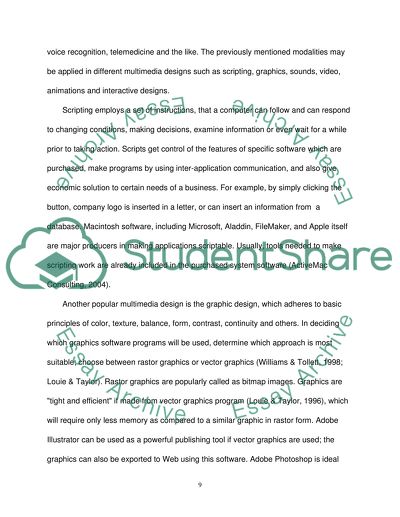Cite this document
(The Various Forms of Multimedia Design Coursework, n.d.)
The Various Forms of Multimedia Design Coursework. https://studentshare.org/design-technology/1550832-multimedia-design-and-authoring
The Various Forms of Multimedia Design Coursework. https://studentshare.org/design-technology/1550832-multimedia-design-and-authoring
(The Various Forms of Multimedia Design Coursework)
The Various Forms of Multimedia Design Coursework. https://studentshare.org/design-technology/1550832-multimedia-design-and-authoring.
The Various Forms of Multimedia Design Coursework. https://studentshare.org/design-technology/1550832-multimedia-design-and-authoring.
“The Various Forms of Multimedia Design Coursework”. https://studentshare.org/design-technology/1550832-multimedia-design-and-authoring.


